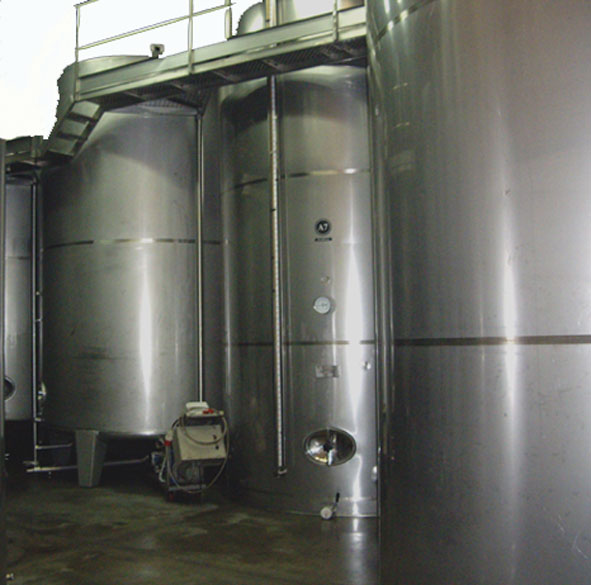The Manufacturing Process
The cider apple and the table apple are very
different. The cider apple is a wild apple, free from chemical treatments, it is
classified in four groups acid, bitter, sweet and acid-bitter, with a large
variety in each of the group.
The resulting cider will be different depending
on the proportions used from every group in the mix and depending on the
varieties chosen from each group.
The first apples that fall from the tree before the time of maturation are
removed and rejected. The collection begins around the first of October, when
the apple reaches the right point of ripeness. The tree is shaken and the fruit
is gathered in baskets from the ground by hand or with a "kizkia" -a half a
meter long pole with a hook at its end. They are then transported to the cider
house, where the manufacturing starts immediately.
The first step is the washing of the apples with water to take away the mud, the
leaves and other impurities, followed by a shower of clean water. Those apples
which aren't healthy are rejected and the remaining ones go to the shredder,
where they are reduced into "patsa", pulp and juice, which is then let to soften
in rest.
The press is the next step, where the must is extracted in successive pressings,
the amount extracted not overcoming 65% of the pulp. The most used press model
in the Basque Country for the last hundred years is the "tolare" wooden press.
The must extracted is then put into 5 kupelas -as wooden vats are traditionally
called in the Basque Country- where fermentation -the most important and
delicate part of the process- takes place in a natural way, at a controlled
temperature.
During the 3 to 4 months fermentation lasts, the
natural yeasts of the must -which come from the skin of the apple- will
transform the must sugars into alcohol and carbonic anhydride, giving the
natural cider as result.
The "txotx" -tasting of the natural cider directly from the vats- is a popular
custom well established in Guipuzcoa that begins in January and lasts until
April. During this time the classic cider house menu is served consisting of cod
omelette, fried cod and chop, with nuts, cheese, quince and "tejas and
cigarrillos" from Tolosa as dessert.
At the same time, the cider -which in contrast to almost all the drinks existing
in the market is not filtered so that the product remains "alive" in the bottle
with its yeasts and bacteria- is being bottled. Hence that the grounds or
sediment that the bottle could show is a guarantee of authenticity of the
product.
next >>
